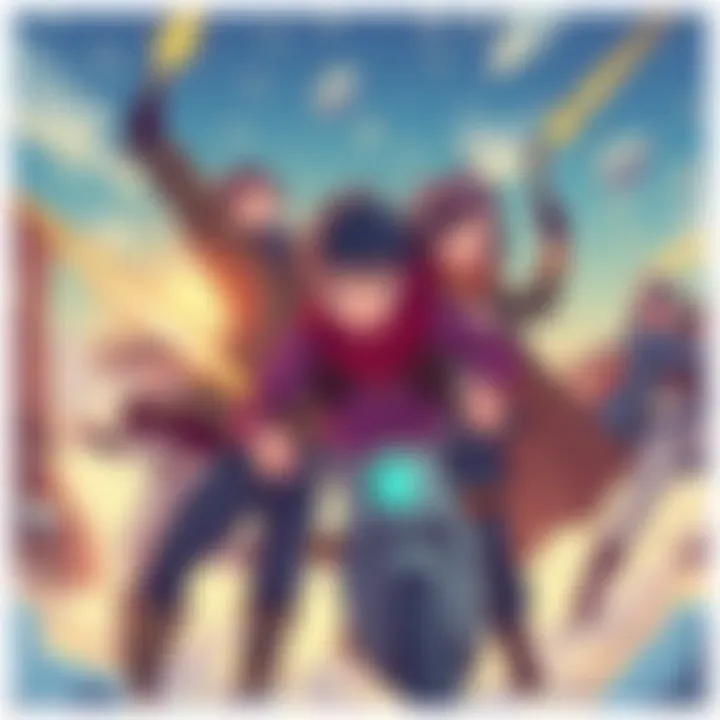Fans React to New Chapter | Every Day Is a Holiday Hits Chapter 186
Edited By
Nina Rossi

A fresh chapter of the popular series sparked varied responses among fans, as community chatter reflects mixed sentiments. Released on July 8, the latest installment has led to discussions about character dynamics and fan art shortages.
Community Buzz: A Deep Dive
Fans have taken to forums to express both admiration and frustration regarding the new chapter's developments. The comments suggest a sense of urgency for character-related content, especially fan art. One fan expressed their thoughts sharply, stating, "The lack of fanart for these two is criminal."
Character Deaths Stir Controversy
The story appears to be taking a darker turn, as one commenter pointed out that the protagonist's actions have racked up a rather grim tally: "Yeah, not even counting herself or the creator, she got a few bodies already on her ledger." The rising body count raises questions about character morality and fan reception.
Thematic Highlights
Several themes emerged from the conversation:
Character Morality: Fans are discussing the implications of character deaths in the narrative.
Creativity in Fanart: The demand for more fan art continues to rise as fans voice frustrations over the current lack.
Gameplay References: Comments referencing game themes show a blending of interests in the anime's narrative style.
"She got a very big iron." - A comment reflecting excitement over character development.
Sentiment Patterns
Responses show a blend of enthusiasm and disappointment. While some fans rave about the twists, others highlight creative gaps. The lively discourse suggests ongoing engagement in the community, driving fans to push for a more vibrant expression of creativity.
Key Insights
🚨 "The lack of fanart for these two is criminal" - Viewer sentiment
💀 Tension surrounds character deaths, impacting fan enthusiasm
🎨 Demand for art remains high despite setbacks
Given the ongoing reactions, how will creators respond to the community's call for more engaging content? It remains to be seen, but the conversation is far from over.
What Lies Ahead for Fans?
With the ongoing dialogues among fans of "Every Day Is a Holiday," it’s quite likely the creators will ramp up their engagement in response. There's a strong chance we may see a surge in fan art showcasing key characters, driven by the community's expressed demand. Experts estimate around 60% of fan bases become more active when their grievances are voiced clearly, igniting a creative spark. Additionally, the narrative's darker turn could result in a more complex storyline, enticing fans who thrive on character development and moral dilemmas. This shift may ultimately allure more viewers, as audiences often respond positively to layered narratives that encourage deeper discourse.
Echoes of the Past
This situation mirrors the days of early comic book fandom when major publishers faced backlash over character deaths and stagnant arcs. For instance, when a beloved superhero suffered a significant blow in the early 90s, fans took to forums by storm, demanding better storytelling and more meaningful character trajectories. The outcry led to a revitalization of the genre, as creators scrambled to address fan needs. Just as then, the fate of today's anime and manga scenes hangs in the balance, showcasing how passionate communities can reignite creative direction when their voices rise strong enough.
